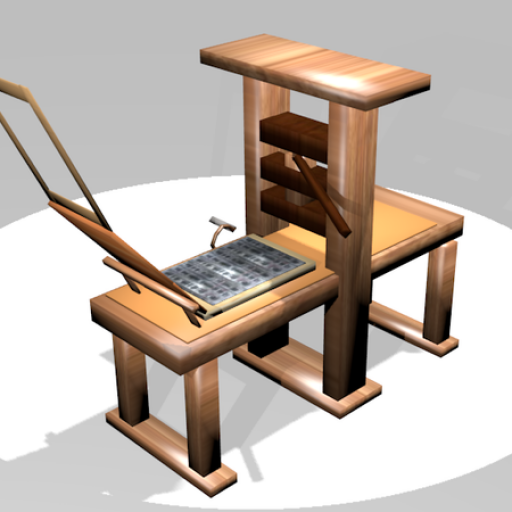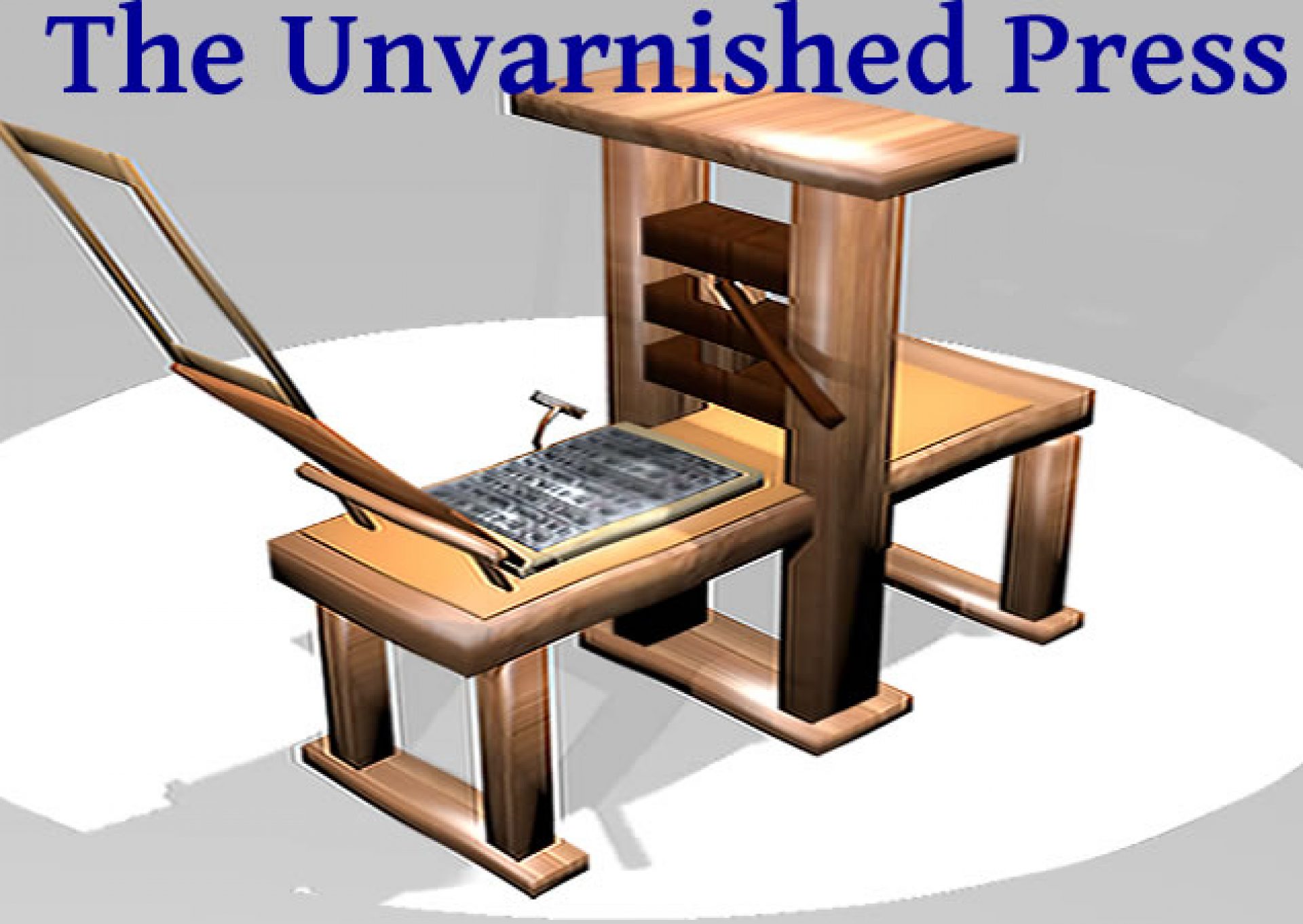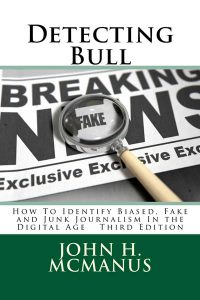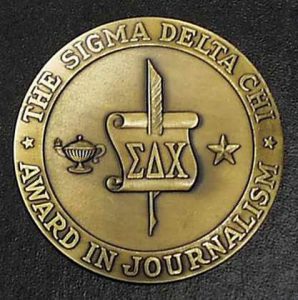The third edition of a textbook designed for university and advanced high school classes, it helps students develop their own BS (Bald Sophistry) meters — habits of mind for critically evaluating news or other purportedly factual information from any source in any medium.
Topics include the current crisis in American journalism, truth vs. truthiness, the origins of bias, the hidden bias of news providers, the logic of news selection, realistic standards for judging news, the SMELL test, decoding video and images, tricks of the misinformation trade, online tools for detecting bias, including our own. The book goes into greater detail about reporting processes and theories about how news is created than does Don’t Be Fooled.
Published May, 2017; 324 pgs. ISBN: 1546796835; ISBN-13: 978-1546796831. Paperback only $24.95. Shipping within U.S. $3.60 (Allow 7-10 days).
Tags/keywords: news literacy, fake news, media literacy, journalism
Description
Earlier editions of Detecting Bull have been adopted by universities across the U.S. and in Europe.
In addition to the SMELL test for distinguishing reliable news and information from the rest, this book addresses:
* The current revolution in communication causing so much turmoil in American politics;
* The nature of truth;
* Where bias comes from;
* The covert bias of news organizations;
* Theories of news selection relevant to the 21st century;
* Realistic standards for judging news;
* How to “read” photos and videos;
* Common tricks of spinmeisters and fraudsters;
* How to use the full power of the Web to penetrate fake and junk journalism, as well as discovering our own biases;
* How to evaluate the quality of news in any medium.
Each chapter includes discussion questions and hands-on student projects.
Reviews of Detecting Bull
|
“The students and I really appreciated your book. The students appreciated your sense of humor, and the relevance. The one complaint they had was my placement on the schedule; they found all reading after it to be very dull. I’ve learned and I’m saving the best for last this coming semester.” — Prof. Margot Hardenbergh, Fordham University “The students appreciated the organization of the book and the clarity of the writing. You’ve done a great job of making a complicated topic understandable. As one of the best students noted, ‘it’s like a guide to how to be a great reporter.’ Thank you so much for this great book.” — Prof. Kathy Bradshaw, Bowling Green State University “John McManus’ deep understanding of both journalism and of the type of critical inquiry and reflection that is at the heart of media literacy is clearly visible on every page of this work. It is absolutely packed with news literacy examples and insights. I’d expect nothing less from the man who was behind Grade the News. And don’t be fooled by the self-published thing; That was a political decision. This is no vanity piece and it would absolutely meet the quality standards of any major publisher. I highly recommend it.” — Faith Rogow, co-author of “The Teacher’s Guide to Media Literacy,” a past president of the National Association for Media Literacy Education, a founding editorial board member of the Journal for Media Literacy Education, and a nationally acclaimed speaker and curriculum developer. “Scholarly analysis of the news over the past decade has increasingly addressed what might be deemed a mounting ‘‘crisis in journalism’’. As the moniker suggests, such attempts are often pessimistic, painting doomsday scenarios around a backdrop of heightened economic constraints, the spread of so-called infotainment, and the decline of mainstream audiences. Accordingly, it is a pleasant surprise that John McManus’ new book endeavours to tackle these issues by taking a different approach than treading the well-worn path of lecturing journalists and journalistic organizations on their current failings. Instead, McManus chooses to focus on journalism’s audience, crafting what might be characterized as a practical manual for late-secondary or early-undergraduate students to introduce them to media criticism. “As an awareness-raising exercise of the power of the media and its conventions, McManus does a nice job building up from fairly basic ideas (media matters), to more advanced theoretical notions (news involves framing), to introduce readers to standard concepts without overwhelming them with theoretical complexity. This straightforward approach makes it quite plausible that instructors who may not have a topical awareness of journalism studies, but possess the necessary didactic skills, could implement the text effectively. It takes courage to develop a fully-realized method that spans three dominant media platforms, and this undertaking is definitely the greatest strength of Detecting Bull.” — Prof. Chris Peters, University of Groningen (Netherlands) |



 The first edition of Detecting Bull won the Society of Professional Journalists Research Award in 2009. Subsequent editions have been used in university courses from Stanford to Spain.
The first edition of Detecting Bull won the Society of Professional Journalists Research Award in 2009. Subsequent editions have been used in university courses from Stanford to Spain.